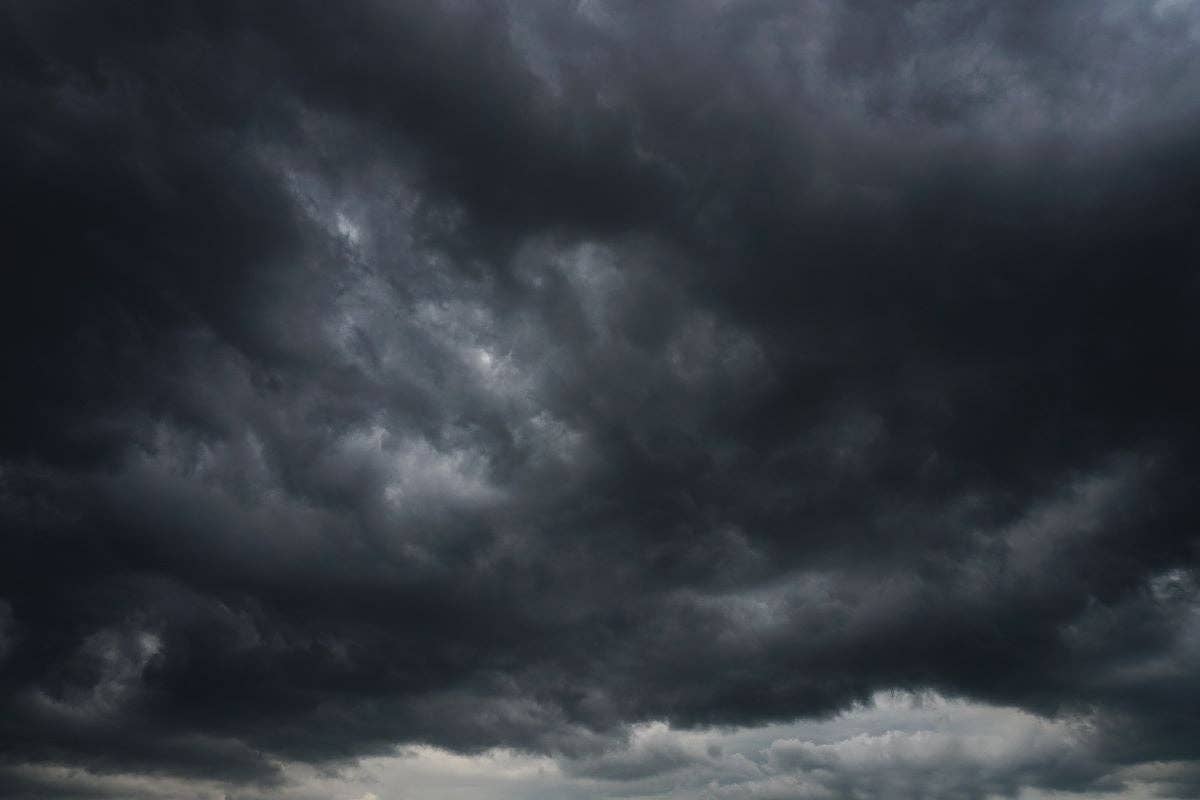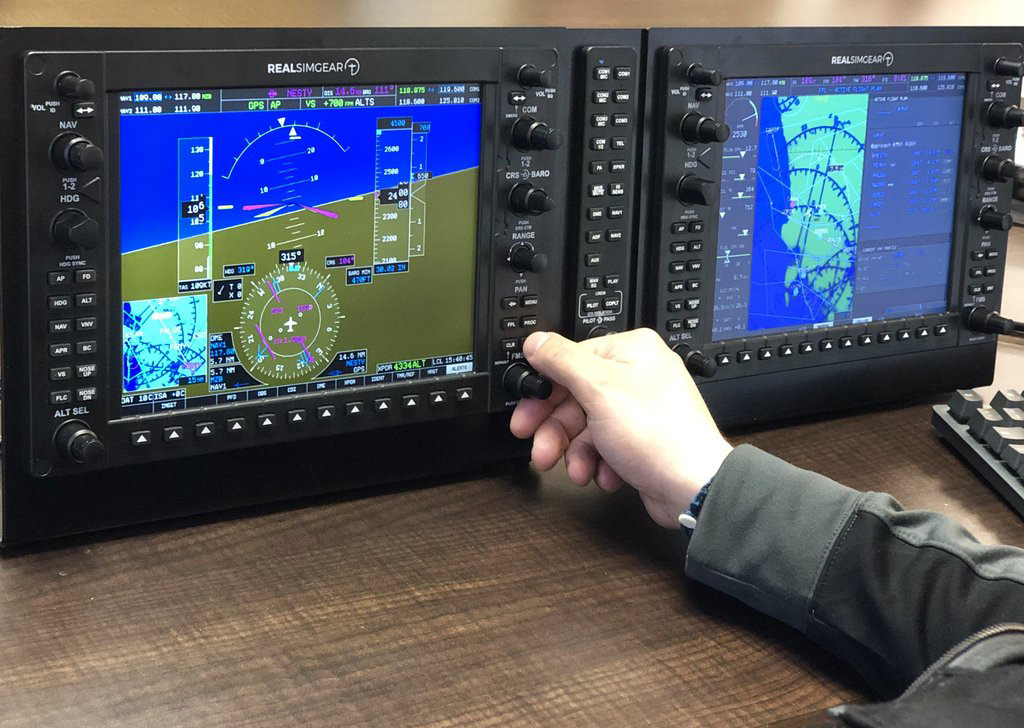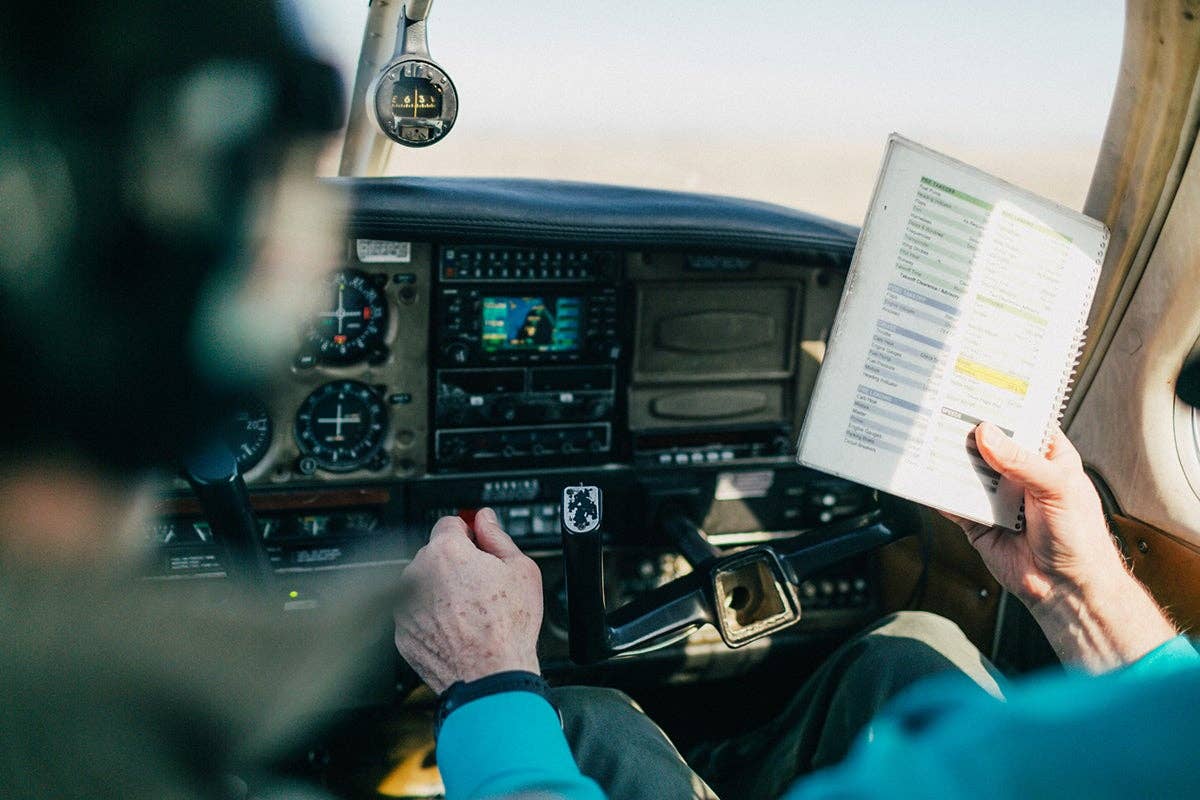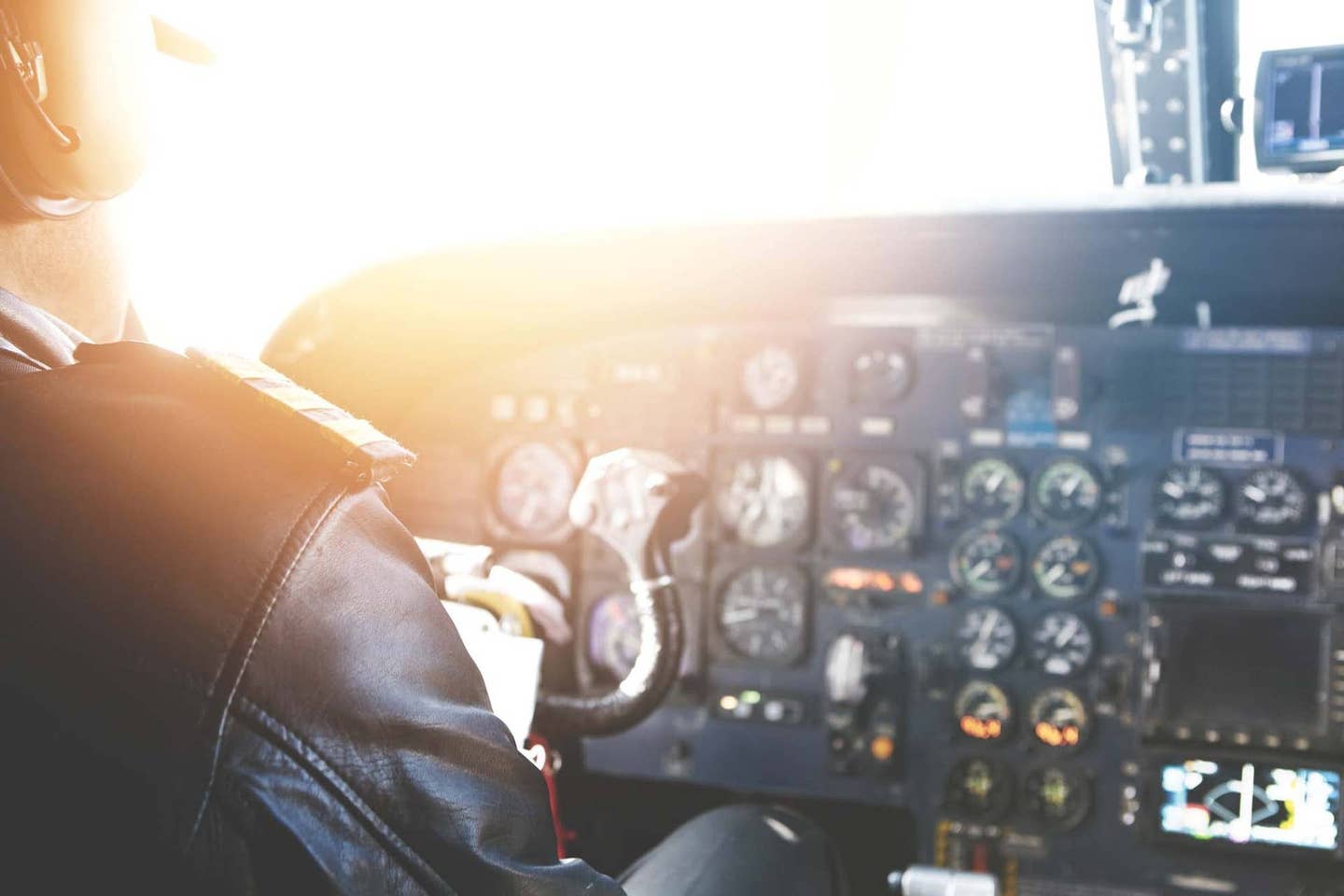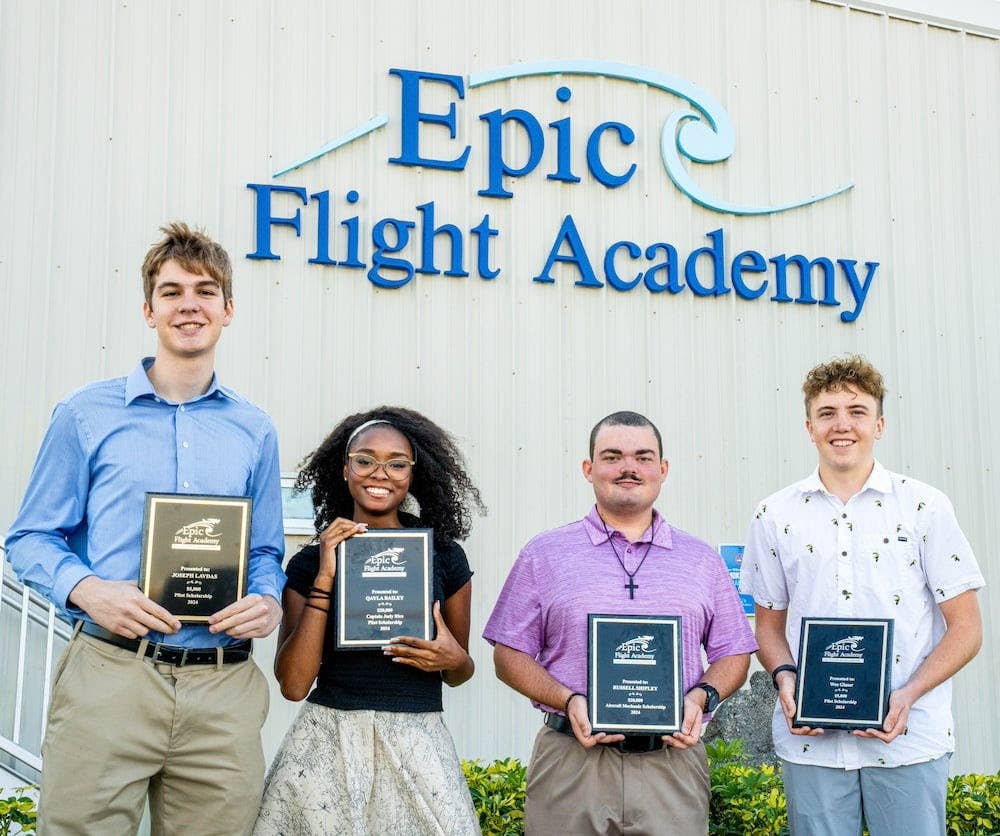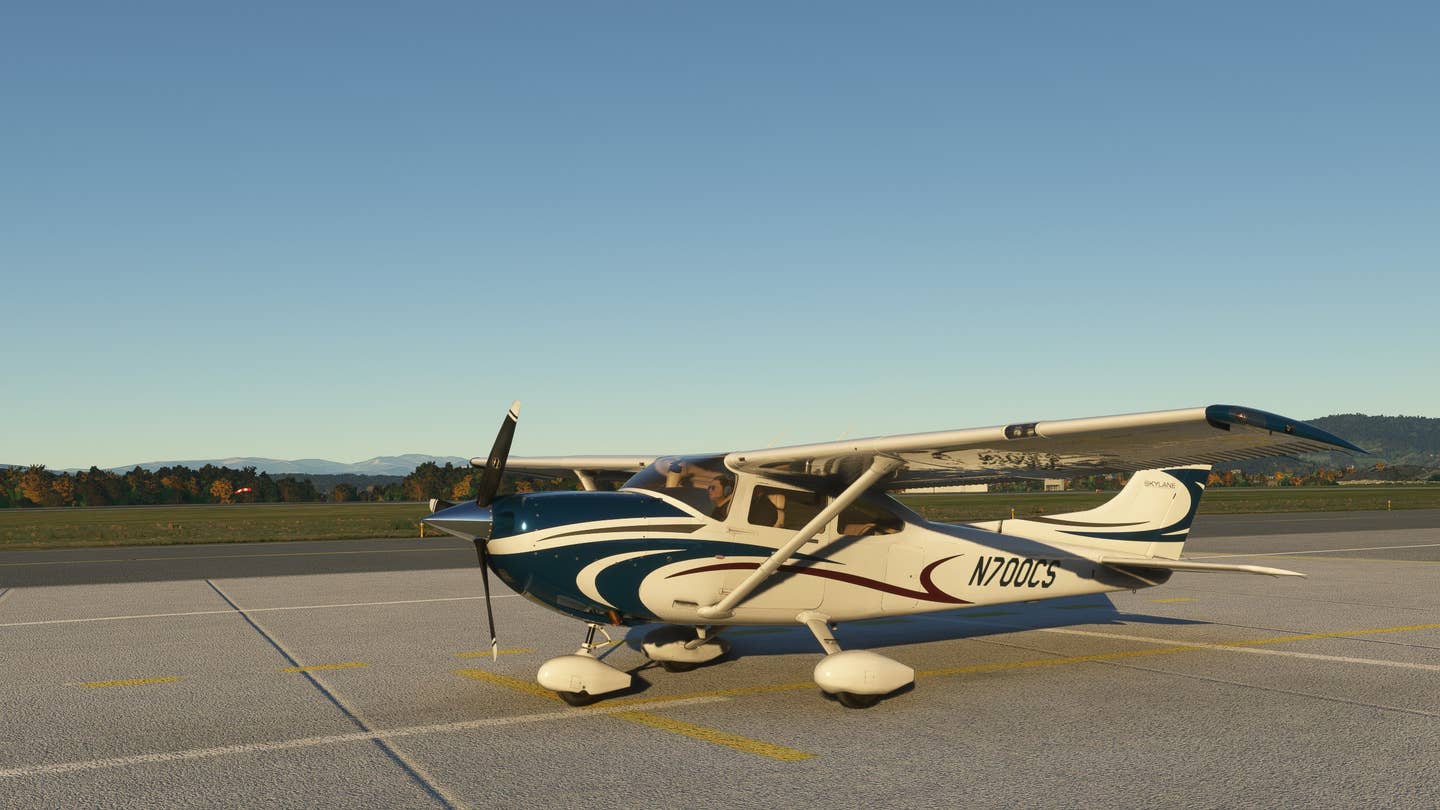
Jacom Stephens
In my 45-year flying career I have been fortunate to experience many of the different ways to earn money as a pilot. Occasionally I am asked what the best flying job is. I have to answer, "That depends. … It depends on the kind of person you are, what kind of flying you like to do, how much money you want or need to make and how much uncertainty you can stand."
Of the many kinds of flying I have done, some were a good fit for me, and others didn't agree with me that well. My least favorite was serving as an airline pilot. Big caveat here — my entire airline career lasted for two months flying as a first officer on a Merlin Metroliner for Cochise Airlines, operating out of Tucson, Arizona. While I was excited to finally be an "airline pilot" after flying for 15 years, and I enjoyed the challenge of learning and flying the Metroliner, for me the whole airline pilot gig got old very quickly. I like challenges and change, so the idea of flying the same routes day after day, with the same clearances and the same frequencies, just wasn't my cup of tea. To me a lot of the satisfaction of flying comes from the challenge of planning a flight to a new destination or in difficult weather. As an airline pilot, I had the dispatch sheet handed to me as I walked out the door to the airplane. It almost didn't seem fair that the dispatcher had all the fun of checking the weather and planning the flight.
Charter flying seemed a much better fit, as every flight was different. I never knew until the call came in where I would be going, whom I would be carrying or what the weather would be. I flew charter in everything from a Cessna 172 to Learjets, spending a lot of time in the Cessna 206. On the downside, charter customers could sometimes be surprisingly thoughtless about the crew. On one flight we departed Houston Hobby in a Learjet bound for Washington National. The customer had requested to depart Washington that evening back to Houston. Instead, he showed up at 4 p.m. and announced he wanted to go to Peachtree DeKalb in Atlanta. Because he had not called to alert us to the change in itinerary, we felt quite rushed as we planned the flight to Atlanta with the customer standing there waiting.
When we arrived in Atlanta, the customer said, "I'll be back," and departed. No estimate of return time and no inkling of where we would be going next, although we assumed it would be back to Houston so that was what we planned for. The customer returned at 2 a.m. as we slept in the pilot lounge. We were obviously not the sharpest crew as we climbed to our cruising altitude, still rubbing the sleep out of our eyes. At 5 o'clock that morning, after very little sleep, I did not really feel prepared for one of the most difficult approaches I have ever flown back into Hobby Airport. So while I liked the challenges of charter flying, the uncertainty and the long, boring waits in pilot lounges greatly reduced the enjoyment I felt.
I also did quite a bit of aerial photography, both oblique and vertical. The challenge in oblique photography comes from putting the photographer in just the right location and angle for the best shot. This requires creative use of the controls, especially the rudder, while ensuring you don't ever get into a configuration that might lead to a stall or spin. Vertical photography, on the other hand, requires very precise flying to keep the airplane at the desired altitude and on the required track, often while using supplemental oxygen. There was no waiting time, and there were no overnights. About the only uncertainties were caused by the need for proper lighting and for clear days for high-altitude vertical shots. Overall, it was a very enjoyable experience.
In talking with corporate pilots, I have heard of some dream jobs and I have heard some horror stories of pilots required to sit in the hotel room on call 24 hours a day for days on end, and long days or even weeks away from home. I was very fortunate. I was an international flight department of one pilot. The company primarily operated a Cessna 414 and also owned a Seneca II. We would occasionally lease a Piper Chieftain or P-Navajo, or use the Cessna 210 owned by one of the partners. Rather than make me sit at a remote location, most of our trips were short enough that I was allowed to fly home and return when needed. There were still quite a few overnights, but not many extended trips. Best of all, I was treated as part of the president's family. When they went to the Rose Bowl, I went to the Rose Bowl. When they went skiing in Aspen, I stayed at the condo with them and also went skiing. When they went to Disneyland, I went with them. So I would have to say that corporate flying was one of my favorite jobs, with challenging single-pilot multiengine flying to numerous destinations in the Southwest and Mexico.
However, there was one job that beat all the others, and that was flight instruction. While I have been on many challenging flights, none of them compared to the challenge of transferring my knowledge and love of flying to someone else. I started out at a small airport in Norfolk, Massachusetts, instructing in Cessna 150s. I especially liked that job because I had a wide range of students including a housewife, a farmer and a college student. All were highly motivated because they were spending their hard-earned money to learn how to fly, so I worked hard to make the most of every lesson, even when it had been two weeks since their last flight. My most difficult students were on the GI Bill and were basically spending Uncle Sam's money just because it was available. They would not study or prepare for the flight, and since they lacked personal motivation, there was not much I could do.
On the other hand, I relished flying with students who were motivated but were having difficulty with some phase of the curriculum. The challenge of an approach to minimums does not compare with the challenge of figuring out what is causing someone's problem, and devising the appropriate training and practice to help them to break through that barrier. Usually I found that it involved a weakness in the basics of flying. A pilot having a problem flying instrument approaches usually needed practice that enhanced his scan and control of the airplane. A pilot having problems in the pattern might need practice on slow flight while looking outside the airplane.
Each type of instruction — primary, advanced, instrument, CFI, CFII, aerobatic — brought its own challenges and rewards, but there was one type of instruction I enjoyed most of all — instructing in gliders. This was truly the essence of flying. While the cockpit was incredibly simple, the flying itself was always challenging. In a power aircraft, as long as we didn't run out of gas there was no doubt we would return easily and safely to the airport. In a glider, I not only had to keep an eye on the student and how the lesson was progressing, but I also had to keep track of where we were and ensure we could make it back to the airport. This required constant awareness of altitude, wind direction and speed, and distance to the airport. Some days there would be enough lift that we could gain some altitude between maneuvers. Other times, it was a short 20-minute flight as we descended inexorably toward the ground.
Of course, flight instruction had one serious drawback. Like most jobs I really enjoyed, it entailed long hours, low pay and no benefits. I would often start early in the morning providing instruction to people who wanted to fly before going to work, and then fly into the evening with pilots who needed instruction after work or at night. Weekends were the busiest time, so Wednesday was usually my day off. When we couldn't fly due to bad weather, I didn't bring home a paycheck. It is exciting to see professional flight schools advertising for instructors and offering a decent salary with at least some benefits. While you won't get rich financially as an instructor, you could never find a more satisfying career than helping other people achieve their dream of flying.

Sign-up for newsletters & special offers!
Get the latest FLYING stories & special offers delivered directly to your inbox

